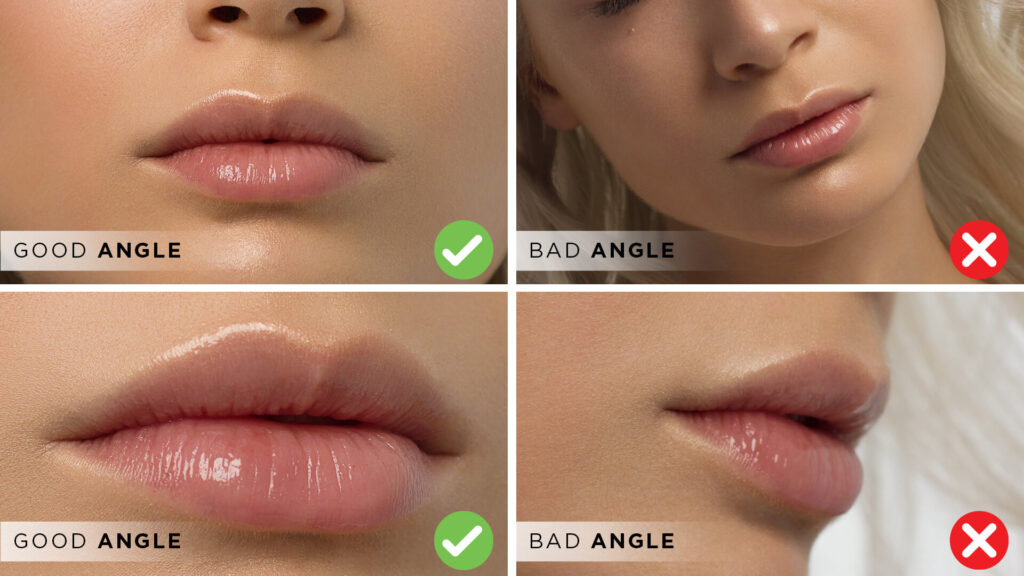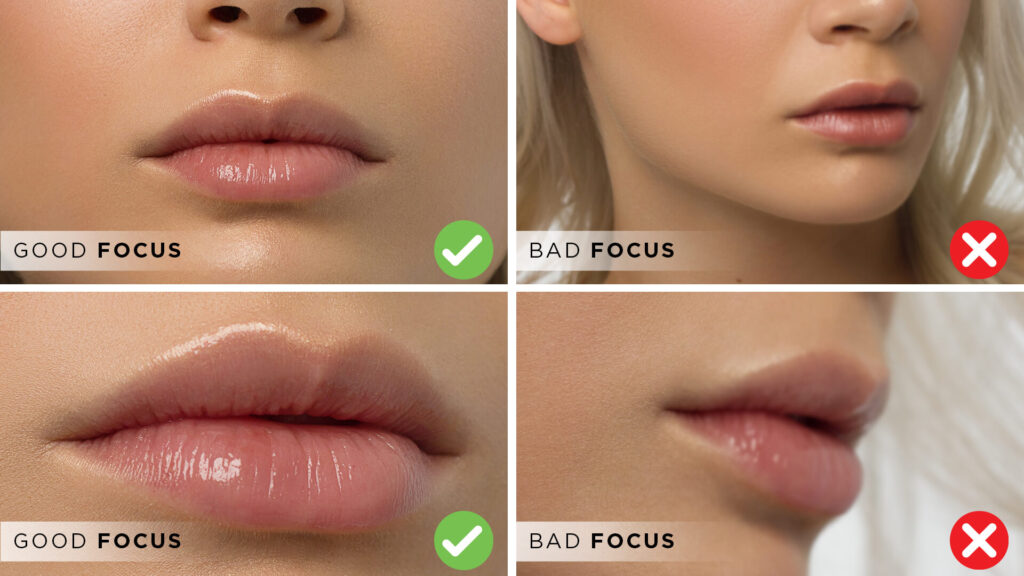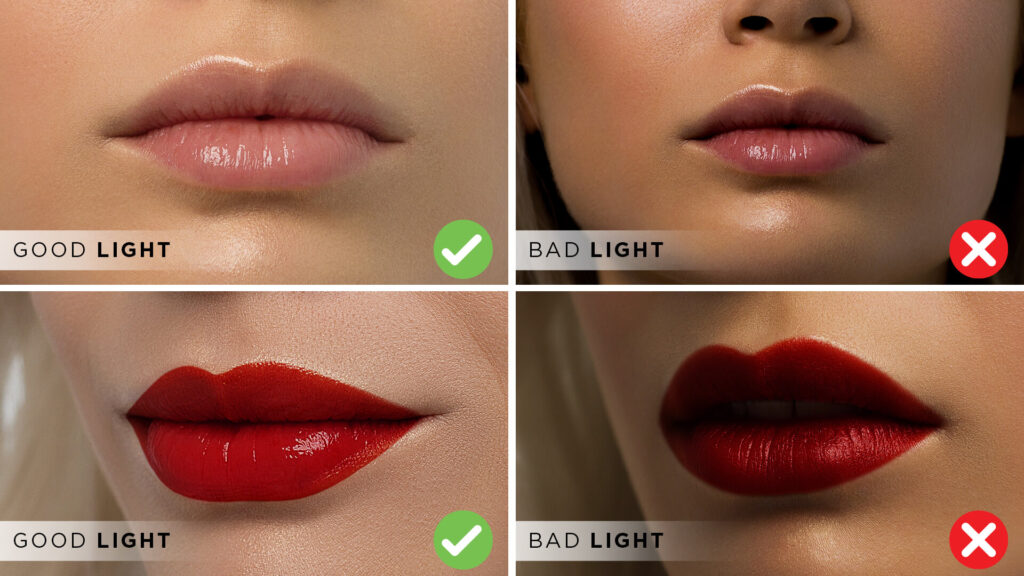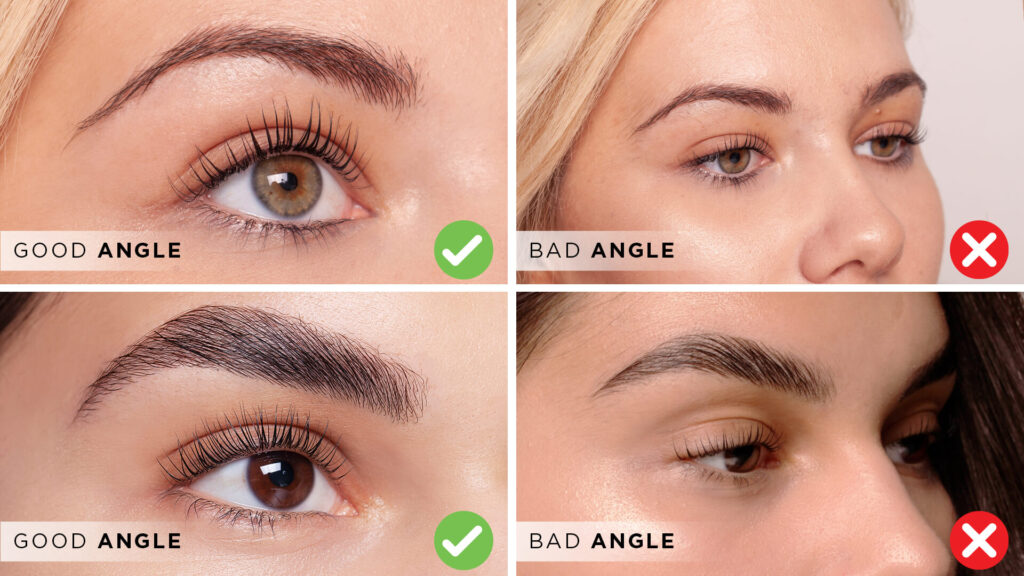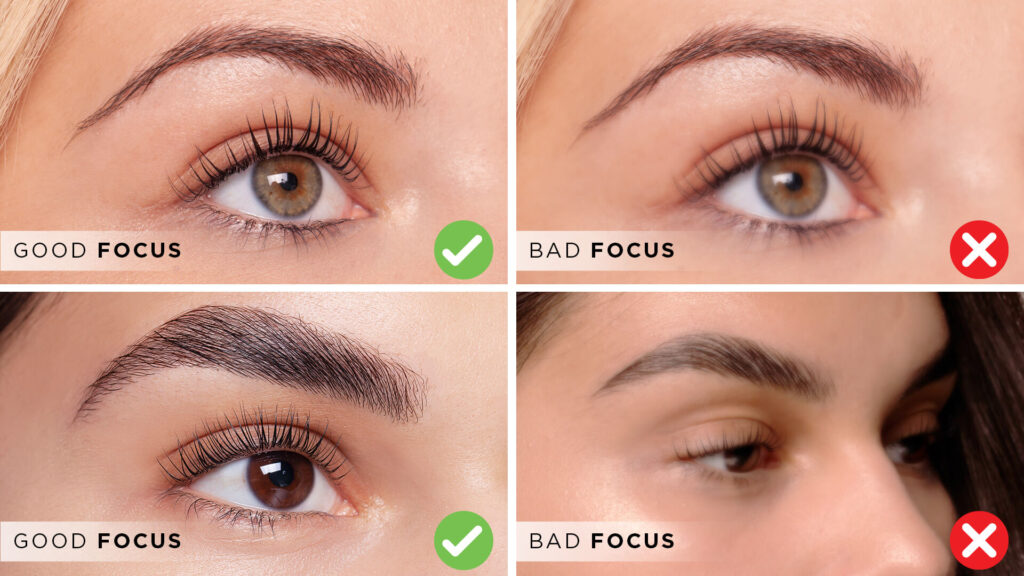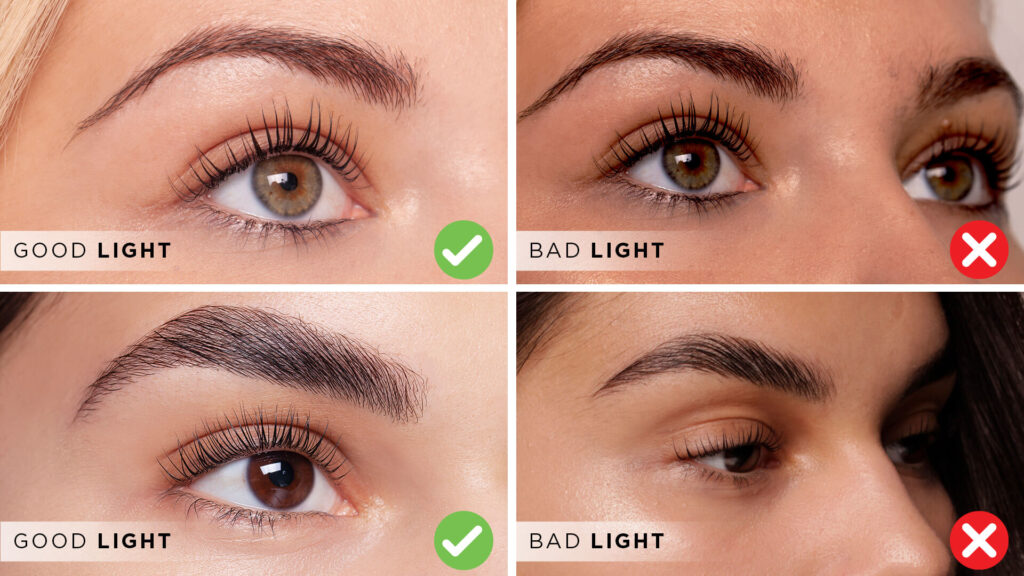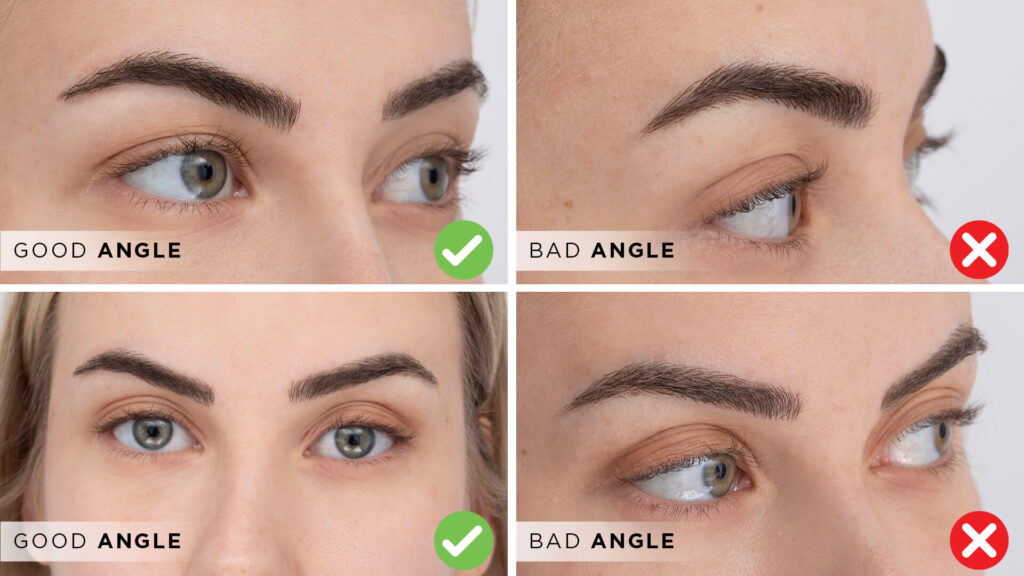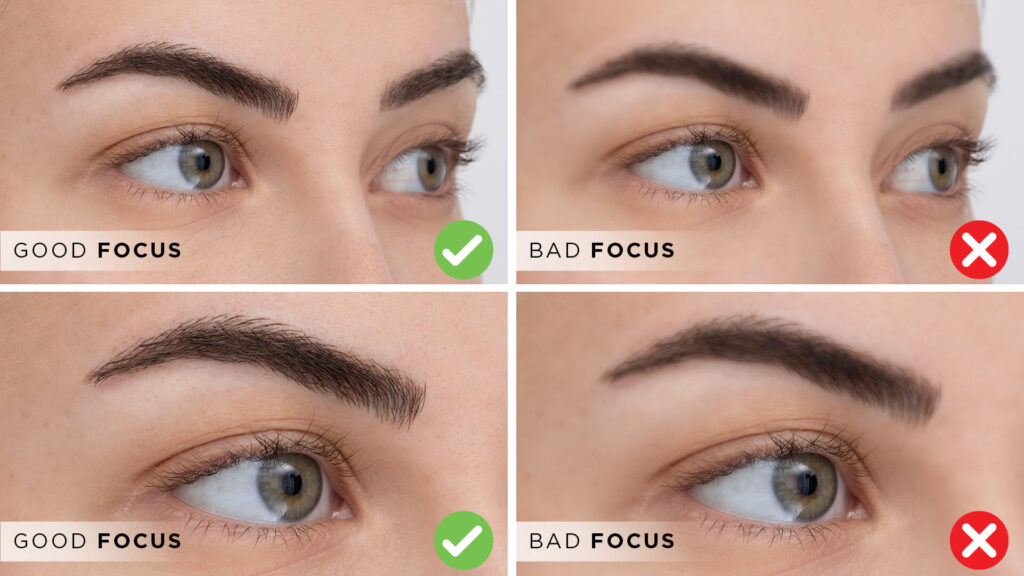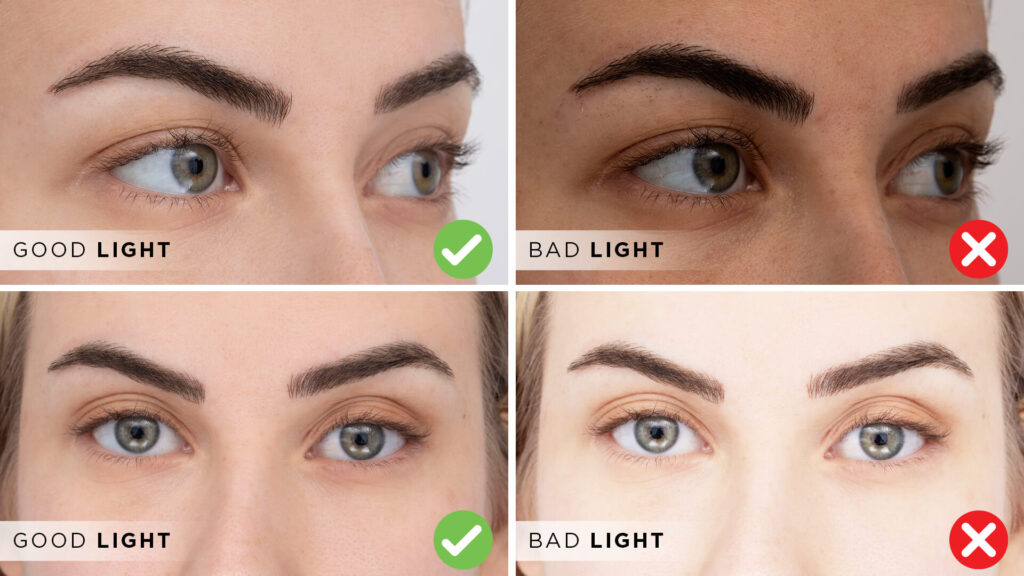
Photo
standards:
Recommended equipment
for taking photos:
- Photo dimensions: 1500×1000 or larger
- Cover photo dimensions: 1087×424, 150 or 300 DPI
- The format must be JPEG
- Photos may not be taken from someone else’s courses
- Photos should not be blurred
- Cameras Canon 5D mark IV or any other DSLR camera will be fine for taking photos.
- Lenses: You can use the same equipment as for filming, macro and wide lenses. Lights: Strobe (flesh) lights and light modifiers such as softbox, umbrella, beauty dish…
- Additional: You can also use a reflector to fill in any shadow (white or silver).

Photo standards:
- Photo dimensions: 1500×1000 or larger
- Cover photo dimensions: 1087×424, 150 or 300 DPI
- The format must be JPEG
- Photos may not be taken from someone else’s courses
- Photos should not be blurred
Recommended equipment
for taking photos:
- Cameras Canon 5D mark IV or any other DSLR camera will be fine for taking photos.
- Lenses: You can use the same equipment as for filming, macro and wide lenses. Lights: Strobe (flesh) lights and light modifiers such as softbox, umbrella, beauty dish…
- Additional: You can also use a reflector to fill in any shadow (white or silver).

Photo standards:
- Photo dimensions: 1500×1000 or larger
- Cover photo dimensions: 1087×424, 150 or 300 DPI
- The format must be JPEG
- Photos may not be taken from someone else’s courses
- Photos should not be blurred
Recommended equipment
for taking photos:
- Cameras Canon 5D mark IV or any other DSLR camera will be fine for taking photos.
- Lenses: You can use the same equipment as for filming, macro and wide lenses. Lights: Strobe (flesh) lights and light modifiers such as softbox, umbrella, beauty dish…
- Additional: You can also use a reflector to fill in any shadow (white or silver).
Examples
Examples
Previous
Next
Examples
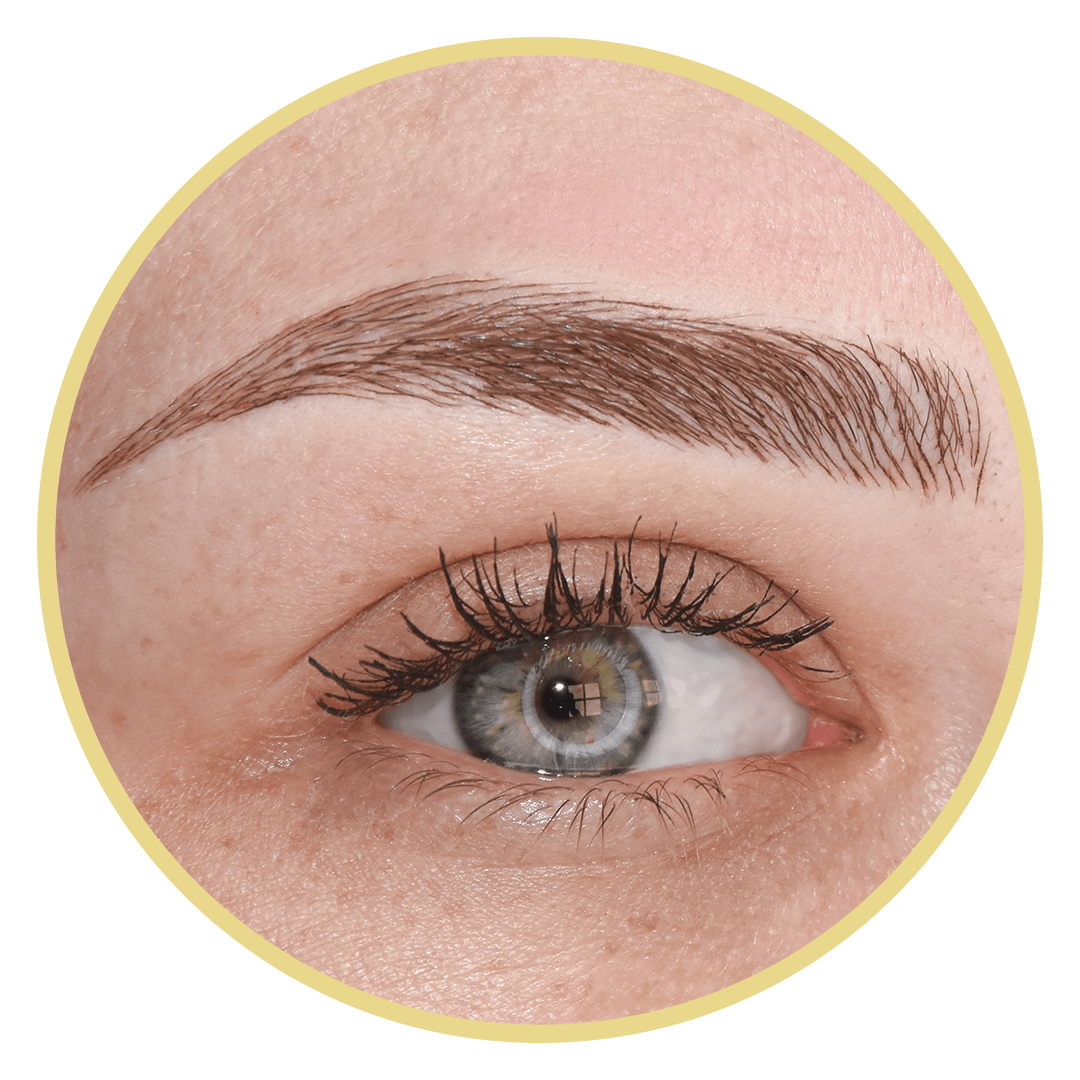
Eyebrows
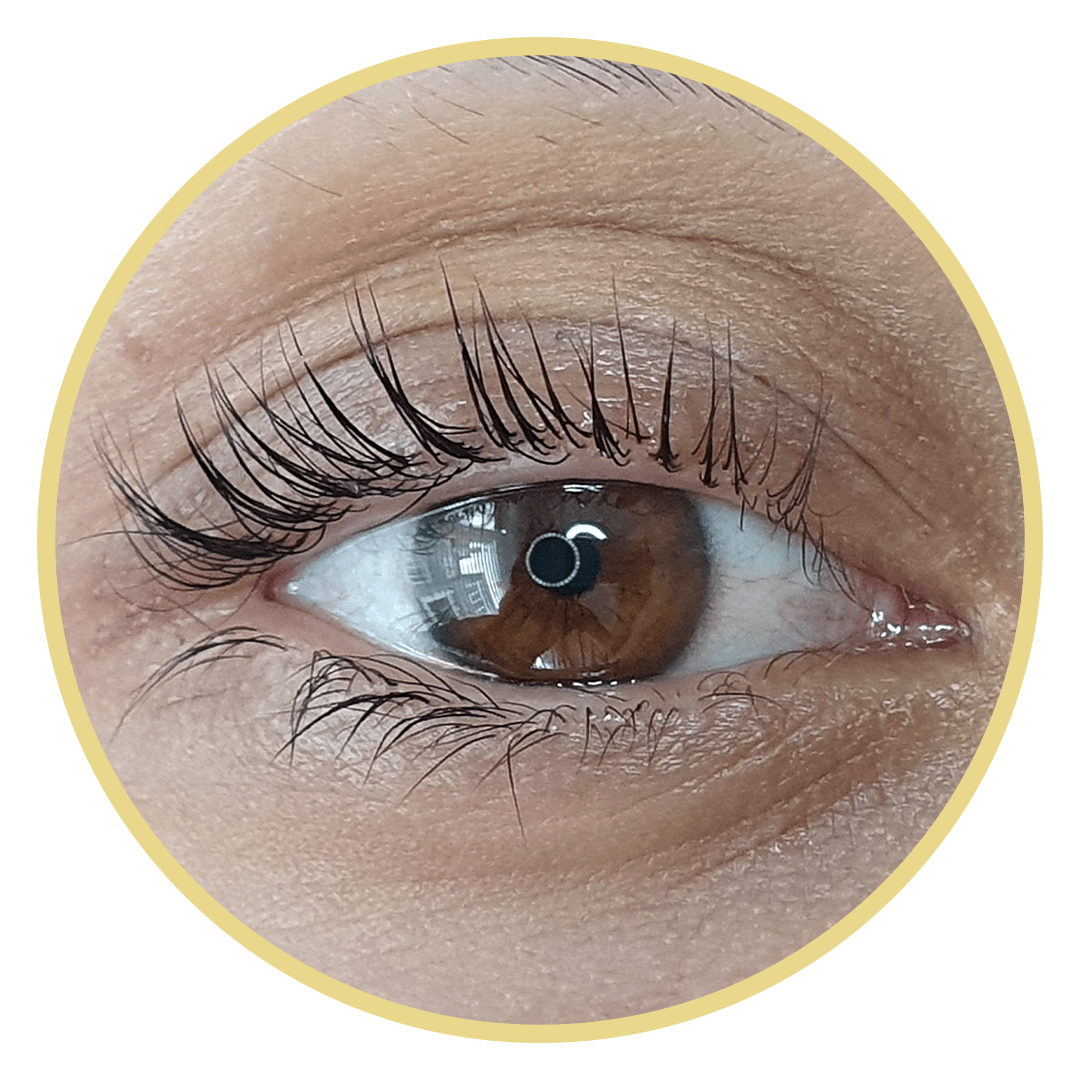
Eyelashes
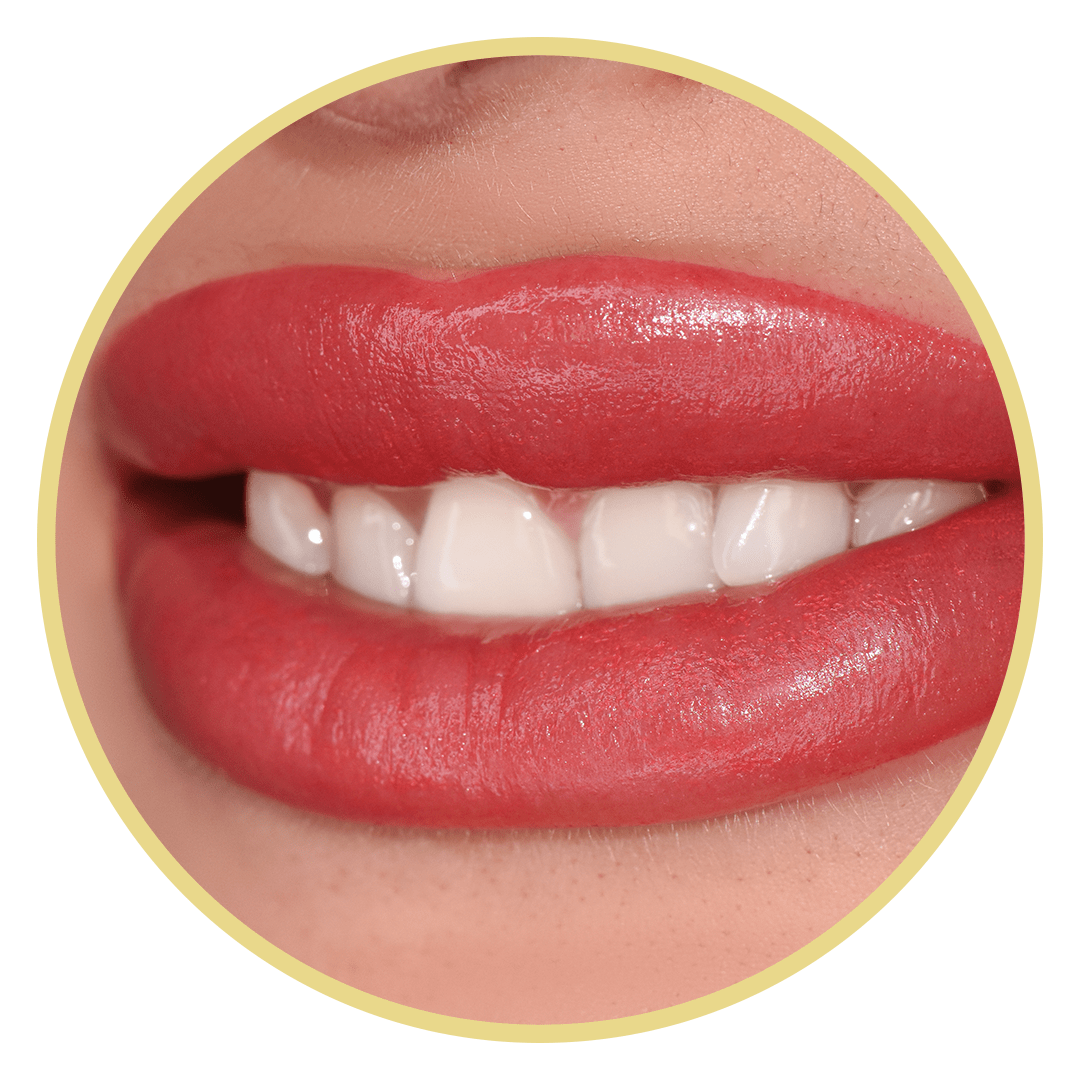
Lips
Videos
Prescribed standards for video material you will use during the course creation.
Prescribed standards for video
material you will use during the
course creation.

Video standards:
TIPS for recording:
- The treatment must be recorded step by step. From the beginning till the end.
- The work must be visible. Can`t be covered with a hand, tool, or any other obstacle. Everything must be well light and, in the focus. The camera must be static and placed on a stand. The colors and the light during the video must be uniform
- For close recordings use a macro lens with a big aperture over 10. That way You will have a bigger depth of field and You will avoid mistakes with a focus
- The camera must be on manual settings.
- Can`t record out of the hand and use stabilizing effect
- In the videos of the treatment, the artist can be visible only at the beginning of the video. Appearance during the video in other places is not allowed. The focus must be on the work.
- Products and tools which are not approved by Phi Academy can not be used in videos.
- All the videos must have an explanation in the form of a subtitle or voiceover. For videos that you are recording to become a Master can be in English or in the language of the country where you are becoming the Master.
- Music needs to be neutral without voices. Subtitles must be formatted. Inside the safe margins, max 2 rows. At the end of the video photos before and after treatment are required.
- Acceleration of the video is not allowed. Preparation of the tools, and products has to be on a neutral background not above the client’s head.
- The location has to be white. The artist has to be properly dressed in a white shirt and black trousers
- The cameraman has to find the best angle from where he or she can see the process best. You also need to adjust Yourself, so the camera has a better approach. Maybe repositioning Your fingers or hands. Usually, it`s not always the position that You are used to work in
- The working area must be in the center of the frame not in the corners
- The video has to be clean, and everything must be visible. What the camera does not see we can`t see either
- Must be recorded with a minimum of two angles with two cameras, one main camera, and a camera from the side (watch examples). The video does not need to be attractive but to show us the technique and how You perform it
- Use strong and diffuse lighting
- For the Phi App, it will be best if You have a screen recorder on Your phone. Record it there and implement it in the video. If You record it with a camera the phone must be clean
- The voiceover must be recorded in a professional studio or well-isolated room. No background sounds are allowed

Video standards:
- The treatment must be recorded step by step. From the beginning till the end.
- The work must be visible. Can`t be covered with a hand, tool, or any other obstacle. Everything must be well light and, in the focus. The camera must be static and placed on a stand. The colors and the light during the video must be uniform
- In the videos of the treatment, the artist can be visible only at the beginning of the video. Appearance during the video in other places is not allowed. The focus must be on the work.
- Products and tools which are not approved by Phi Academy can not be used in videos.
- All the videos must have an explanation in the form of a subtitle or voiceover. For videos that you are recording to become a Master can be in English or in the language of the country where you are becoming the Master.
- Music needs to be neutral without voices. Subtitles must be formatted. Inside the safe margins, max 2 rows. At the end of the video photos before and after treatment are required.
- Acceleration of the video is not allowed. Preparation of the tools, and products has to be on a neutral background not above the client’s head.
- The location has to be white. The artist has to be properly dressed in a white shirt and black trousers
TIPS for recording:
- For close recordings use a macro lens with a big aperture over 10. That way You will have a bigger depth of field and You will avoid mistakes with a focus
- The camera must be on manual settings.
- Can`t record out of the hand and use stabilizing effect
- The cameraman has to find the best angle from where he or she can see the process best. You also need to adjust Yourself, so the camera has a better approach. Maybe repositioning Your fingers or hands. Usually, it`s not always the position that You are used to work in
- The working area must be in the center of the frame not in the corners
- The video has to be clean, and everything must be visible. What the camera does not see we can`t see either
- Must be recorded with a minimum of two angles with two cameras, one main camera, and a camera from the side (watch examples). The video does not need to be attractive but to show us the technique and how You perform it
- Use strong and diffuse lighting
- For the Phi App, it will be best if You have a screen recorder on Your phone. Record it there and implement it in the video. If You record it with a camera the phone must be clean
- The voiceover must be recorded in a professional studio or well-isolated room. No background sounds are allowed
Tips for:
PhiContour
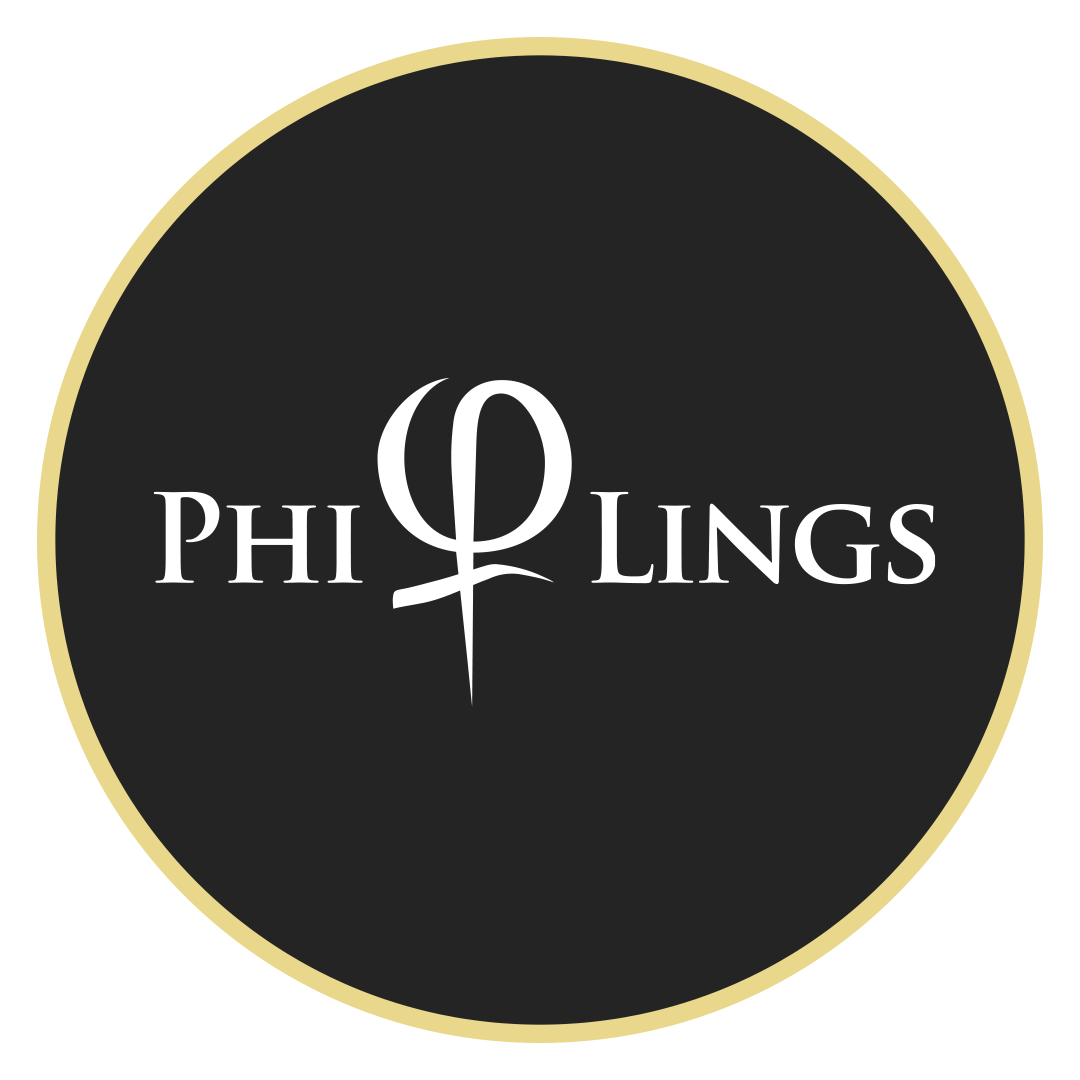
PhiLings
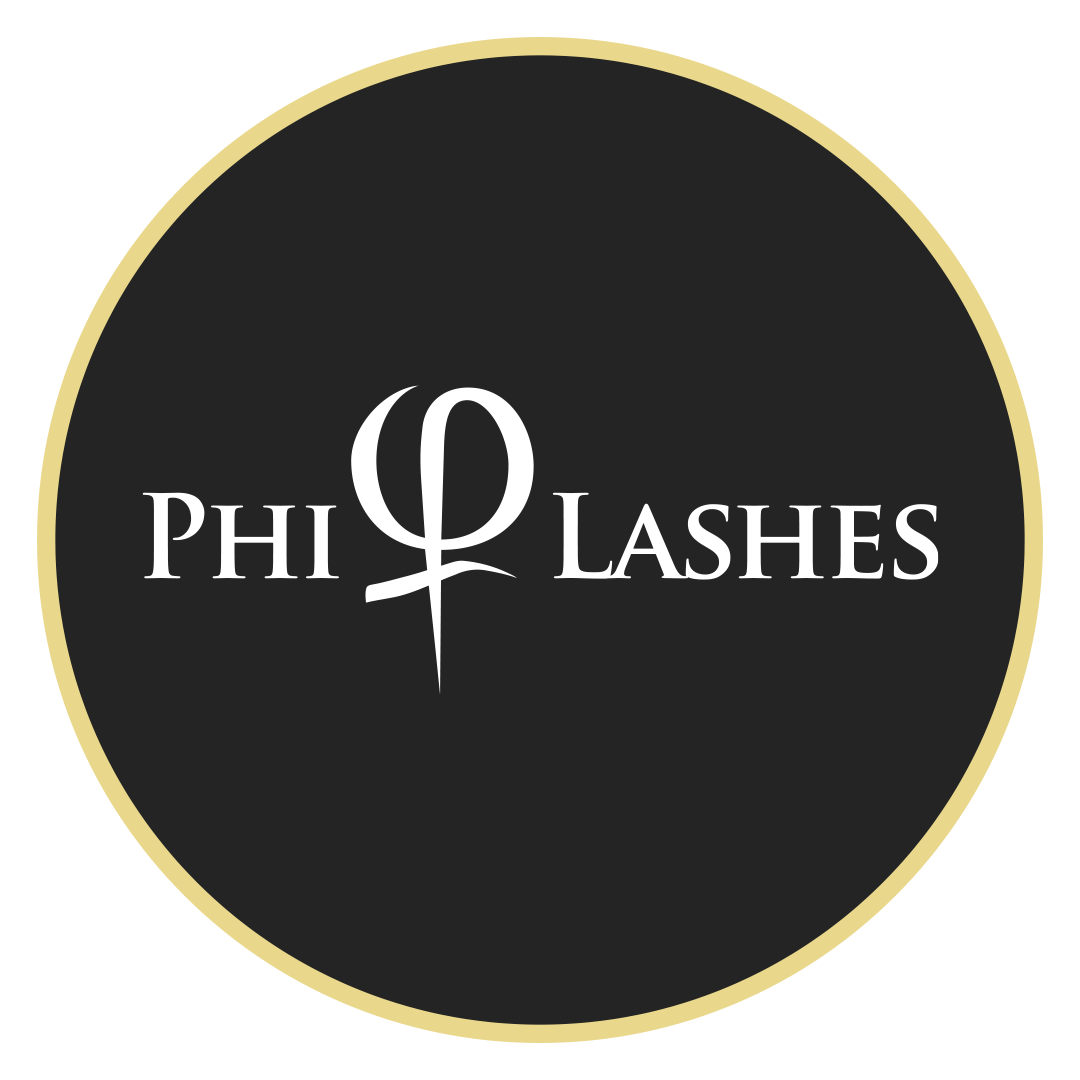
PhiLashes
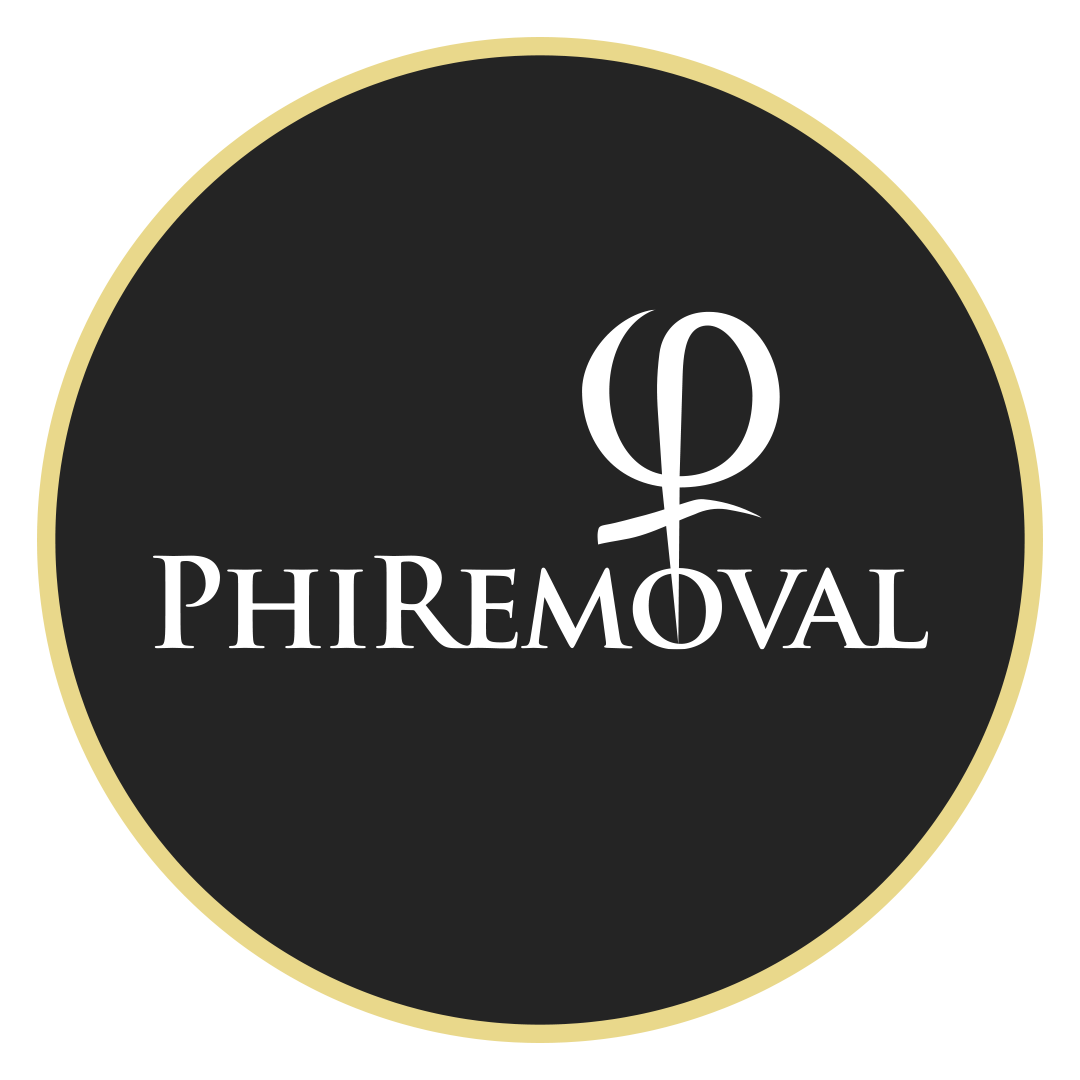
PhiRemoval
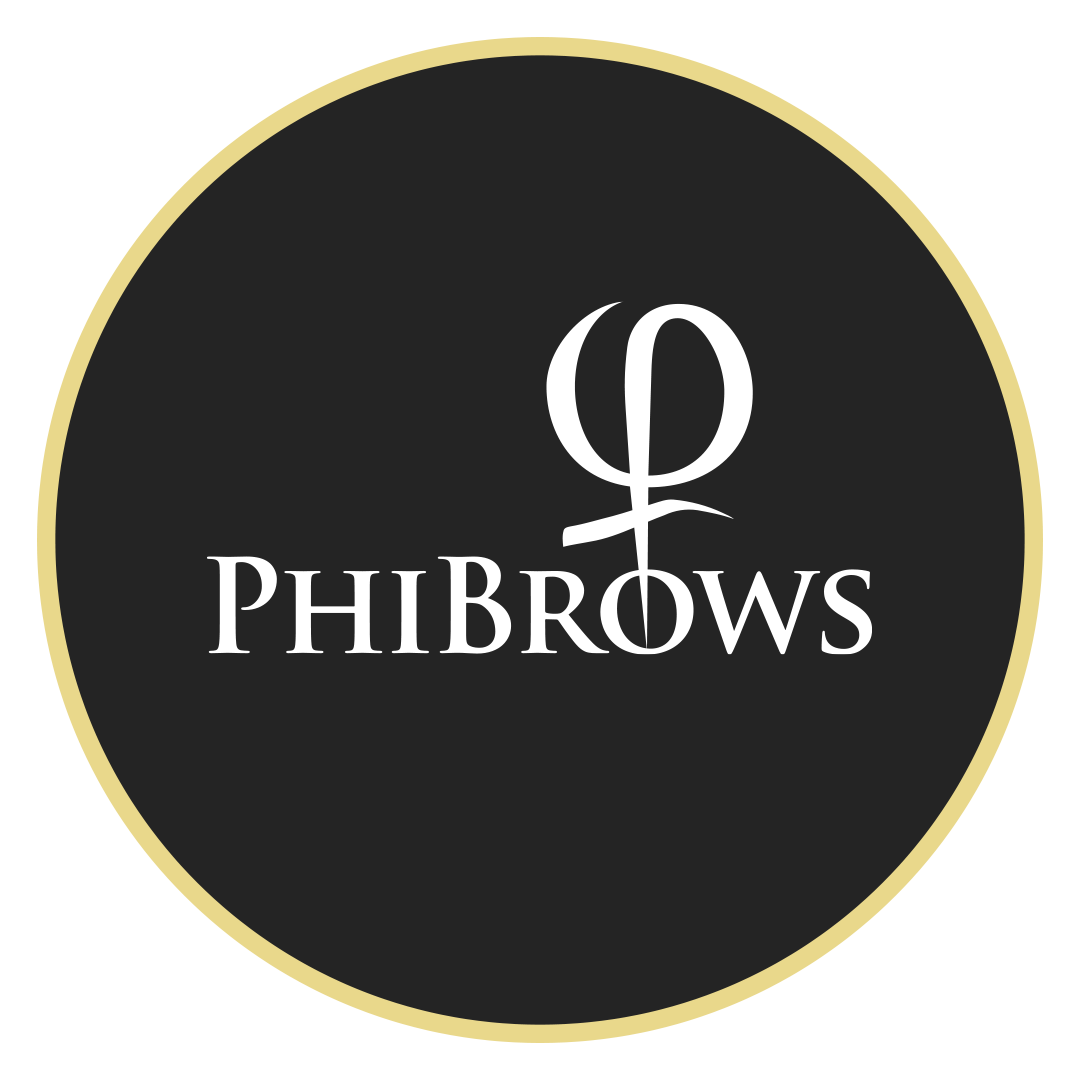
Microblading
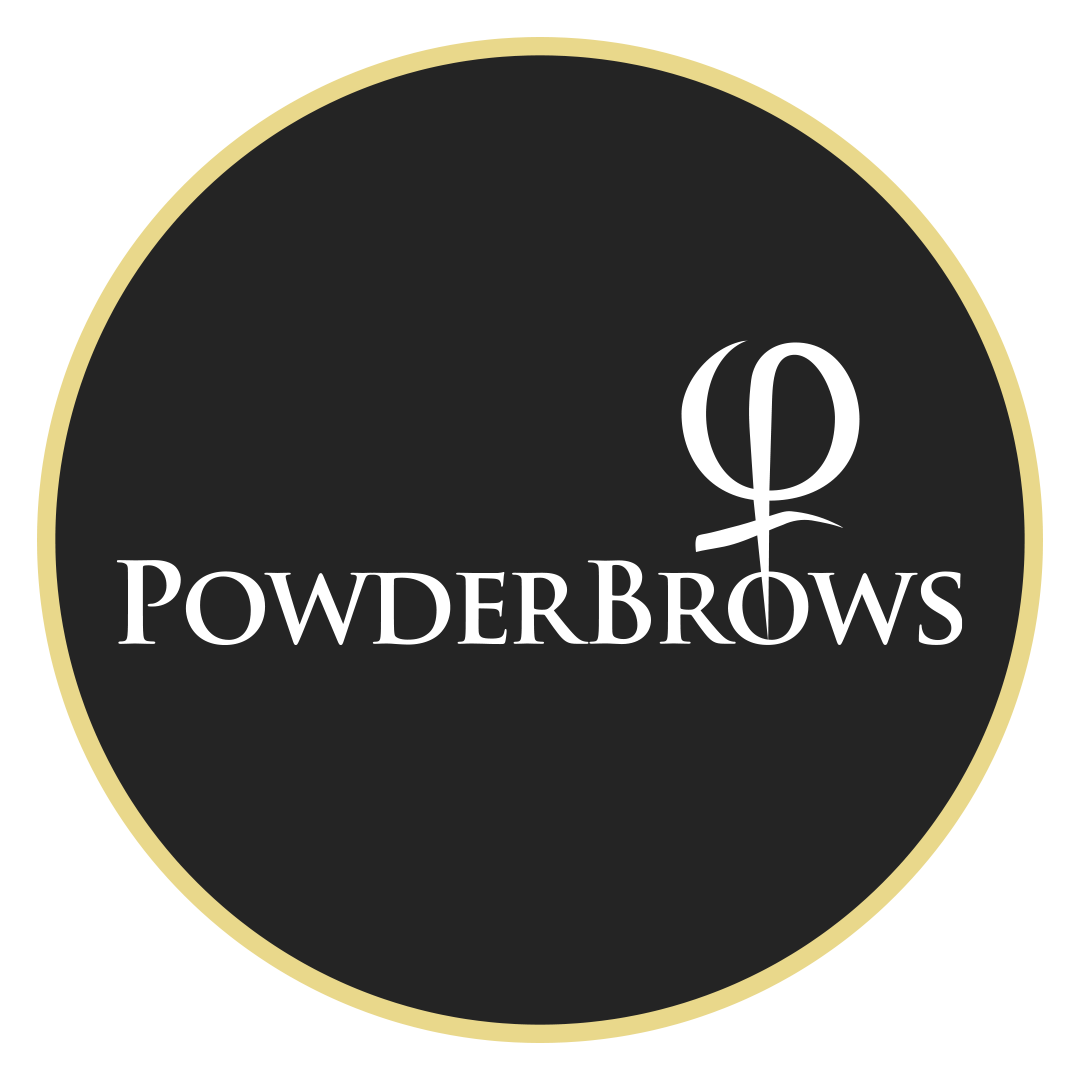
PowderBrows
Let’s make a first step
Contact us
Let’s make a first step - Contact us
If you are interested in making the course or have any additional questions or concerns, please contact us.
Want to learn more about us?
COPYRIGHT © 2023. STUDIO LEVELS D.O.O. ALL RIGHTS RESERVED.

